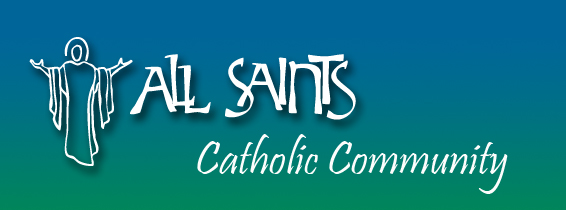June 12th, 2016
It is fortunate that we have four different Gospels, because each Gospel shows us a different Aspect of Jesus. This year we read the Gospel of Luke who was a doctor by profession and thus acquainted with human suffering – very appropriate for the celebration of the year of God’s mercy. He saw in Jesus the visible expression of God’s love for the sick and the suffering, the poor and the sinners. Another characteristic of Luke Gospel is the place and role he gives to women. Both aspects come out in today’s Gospel in which Luke proves himself again a wonderful story-teller. They key persons are a very religious man, a Pharisee, and a woman who has a bad reputation in town. Who proves to be the better person in the end? It is not the Pharisee who invited Jesus only to put him to the test and treated him with contempt. It is the sinful woman. The Pharisee with his rational, legal mind but he does not understand the message of Jesus. The woman experienced Jesus’ compassion and forgiveness and expresses her deep gratitude and love in a very personal way. Luke then add a little footnote in which he mentions a number of other women, among them Mary from Magdala, who also express their love and commitment to Jesus in a very practical way. They act as a kind of logistic team and support him and his disciples materially and financially. How could the community around Jesus for three years moving from village to village without these women keeping them going very discreetly. It is still like that in the Church today. Is it not most of the time the women who prepare the after mass coffee, bring biscuits and clean up the kitchen... But it would be a mistake to think that Luke sees the place of women mainly in the kitchen. He put them at the same level as the men by adding very often after a story about a man a similar story about a woman. When the parents bring the child Jesus to the temple there is the old man Simeon who receives them and makes a prophecy about Jesus and his mother. Luke immediately adds the story of prophetess Hannah who also praises God for the birth of the Messiah and tells everybody else about the event. When Luke tells the story of the Good Shepherd who goes after the lost sheep he adds the parable of a woman who lost a coin and turns the house upside down till she finds it. God in the search for lost humanity is depicted both as man and as woman. Even more dramatic is the role of the women disciples in the Easter story. While the men are totally paralysed after the shock of Good Friday and unable to do anything, the women do what needs to be done. They go to the tomb to embalm the body of Jesus. It is they who understand first that Jesus is risen and alive and become messengers of the Good News. They become apostles of the resurrection and it will take the Twelve quite some time to catch up the women apostles. In the first generation of Christians the women were evangelisers, messengers of the Gospel, a ministry that got lost later on. Pope Francis would obviously like to give women a bigger scope and a greater responsibility in the mission of the Church. In his gentle and patient manner he just constituted a commission to study the role of women deacons in the early church. What a blessing it would be for the Church if women could also preach. Already now they do most of work in passing on the message as mothers to their children and often also catechists to the youth. The Pope also gave recent a small, but significant sign how much he appreciates the evangelising work of women. He elevated the liturgical commemoration of St. Mary Magdalene to the level of a feast equal to the feasts of the apostles. Luke will surely be happy with that.
Fr. Wolfgang Schonecke MAfr
